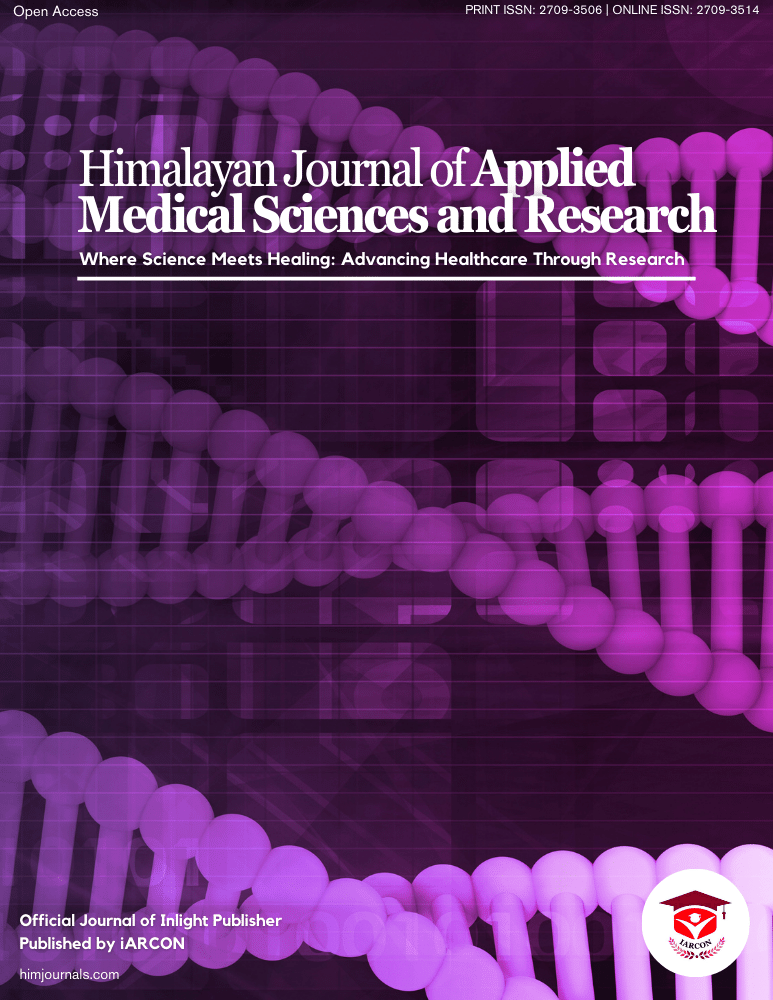Thyroid disorders are one of the most underdiagnosed and neglected medical problems, and the lack of general patient knowledge may be of considerable concern. Awareness can benefit many individuals who have thyroid disease and are unaware of their problem .[1,9]
This cross-sectional community-based study was conducted to evaluate the awareness of the thyroid gland, its function, its disorders, risk factors affecting thyroid disorders among the general population of Himachal Pradesh. In the current study, 36 (9.0%) study participants had very good awareness of thyroid disorders (24-30 marks), 122 (30.5%) had good awareness (18-23 marks), 147 (36.75%) had fair awareness (12-17 marks), and 23 (5.5%) had low awareness (12 marks).
Similarly in the study done by Abdulwahab Alyahya et al1, the overall mean knowledge score regarding thyroid disease manifestations and its risk factors was 8.67 (SD 3.69) with 44.7%, 41.2%, and 14.2% were classified into low, average, and high knowledge, respectively. Another study by Assem Saleh Ali Almuzain et al11 showed that 57.32% of respondents had good knowledge, whereas 42.68% had poor knowledge of thyroid disorder diseases.
Increased awareness and knowledge of their thyroid condition would enable patients to become more drug-compliant, follow-up on a regular basis, and distribute the right information to their family and friends.
LIMITATIONS
The sample size and duration of the study are restricted to 400 respondents and 3 months in time; thus, the scope and extent of the conducted research might be minimized. This survey was conducted only in one state of India, and hence, these findings cannot be generalized all over India.


